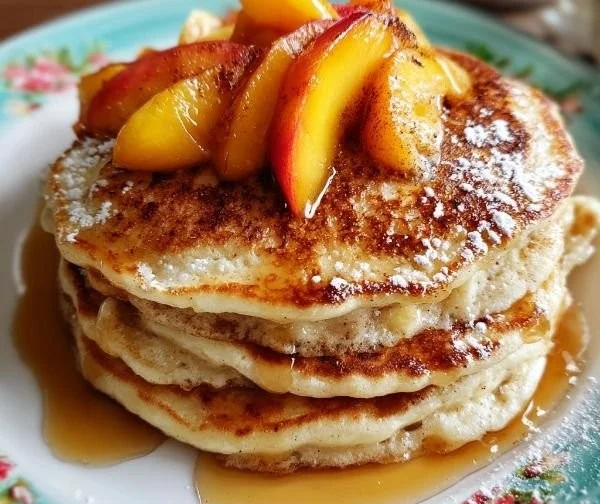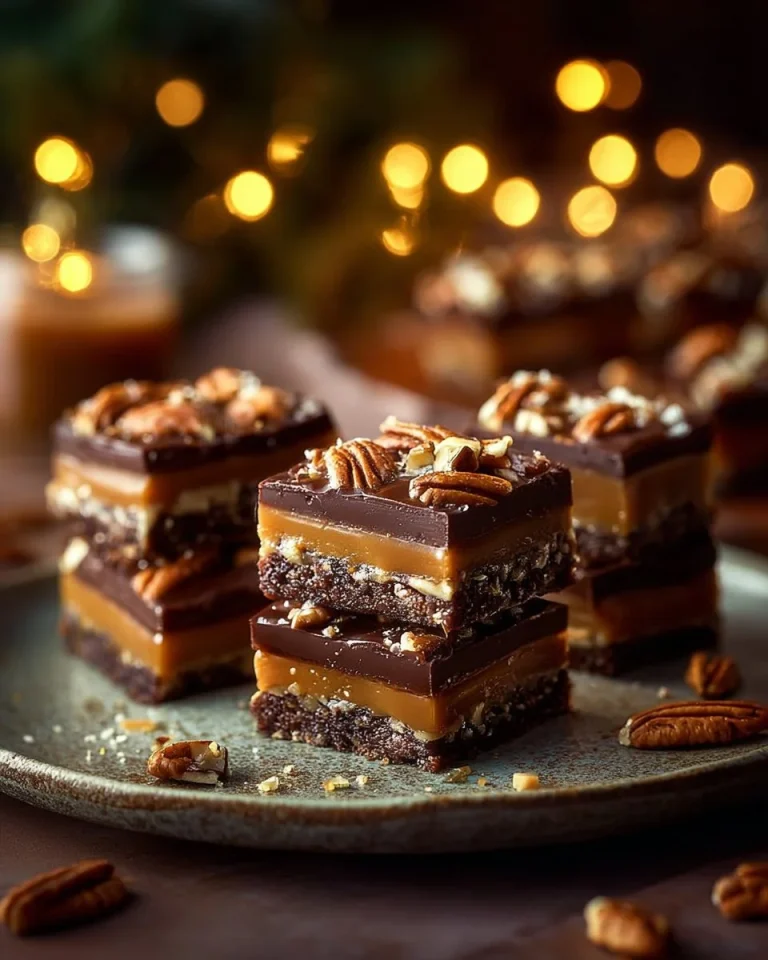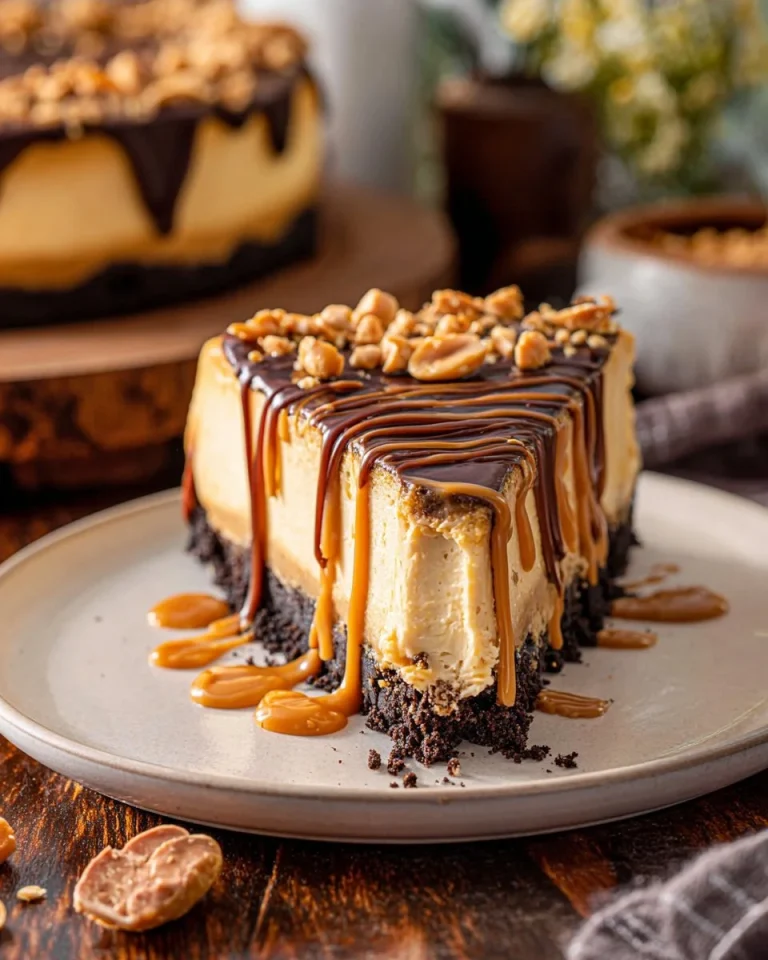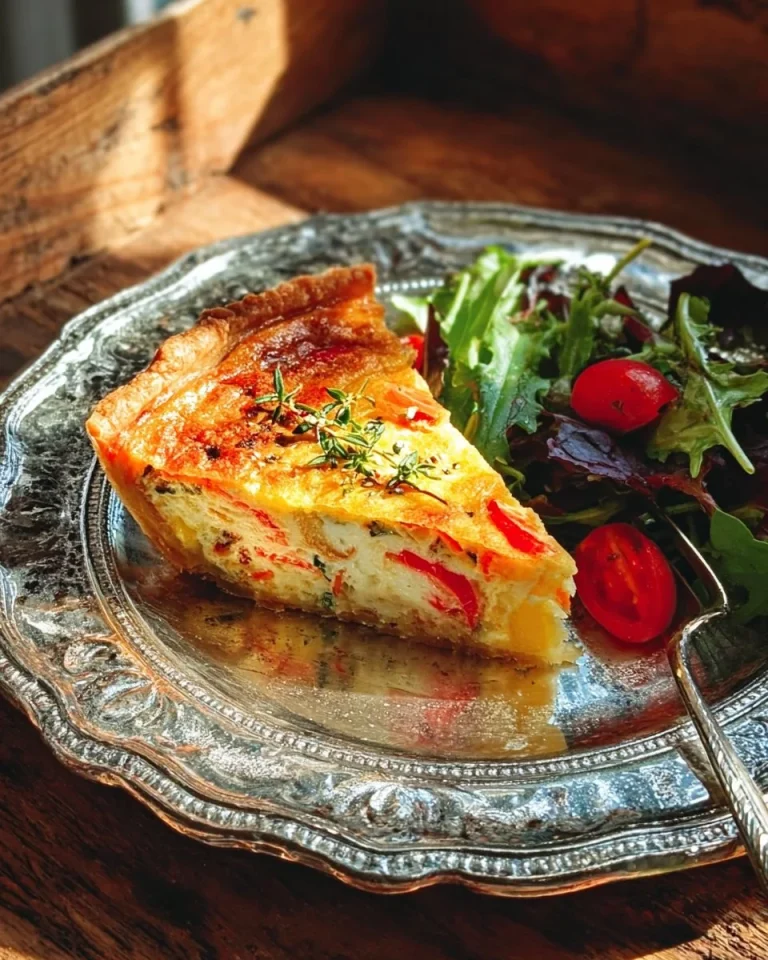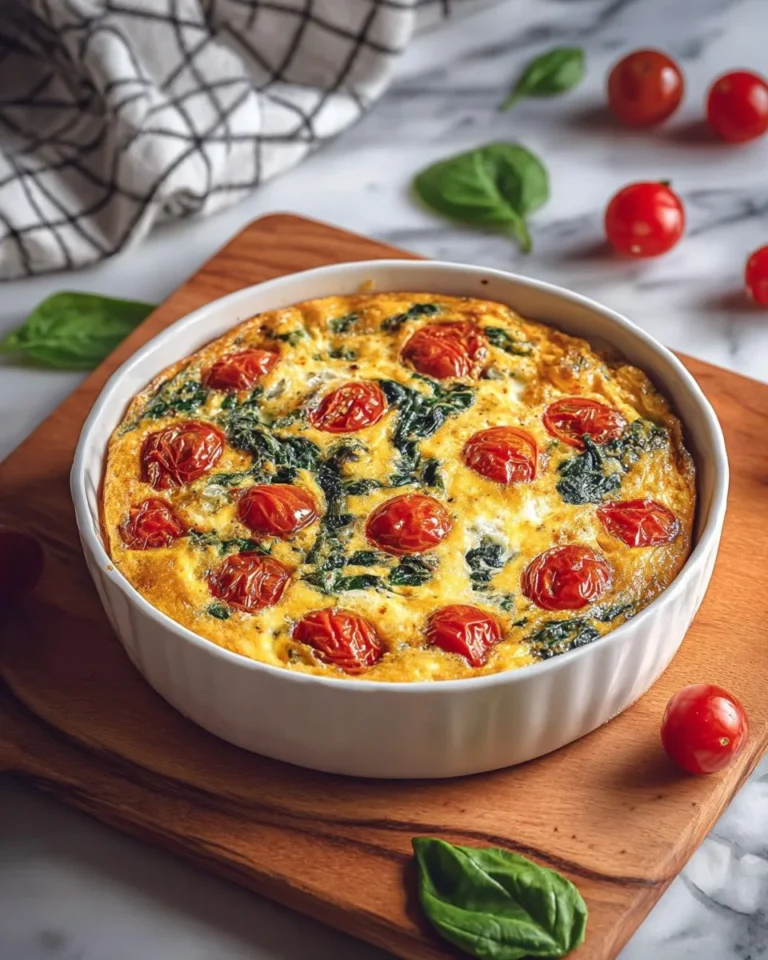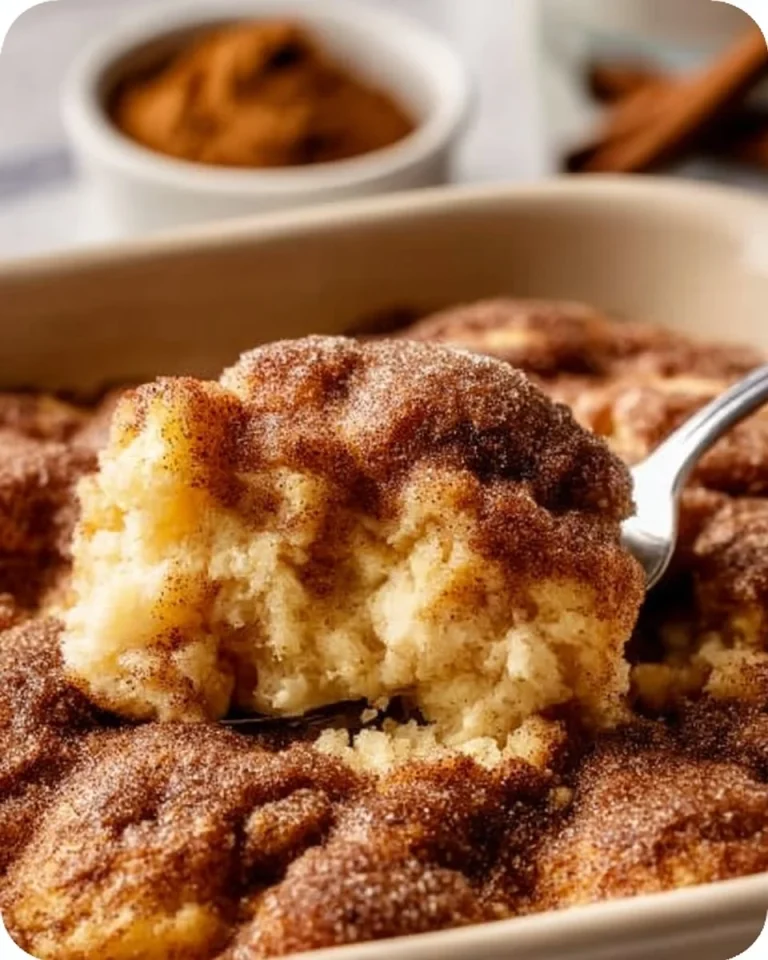Perfect Yeast Doughnuts
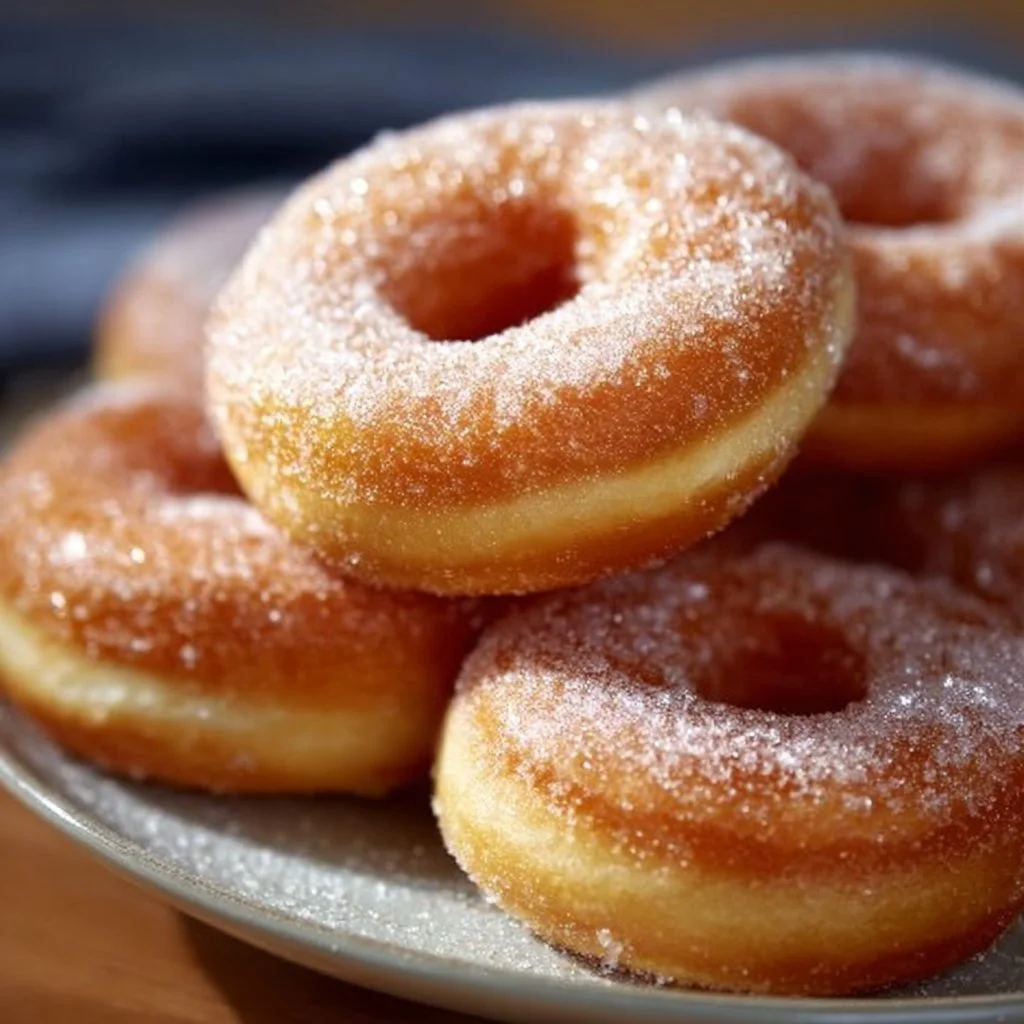
I grew up with a Saturday ritual: the smell of frying dough and a pile of warm ring doughnuts coated in sugar. This recipe for perfect yeast doughnuts recreates that childhood comfort — soft, pillowy centers with a thin, golden crust. It’s a simple classic: anyone with basic baking skills can make these at home for weekend breakfasts, brunch parties, or whenever you want a bakery-worthy treat without leaving the house. If you love cozy, homemade desserts, this pairs wonderfully with savory brunch dishes like Cozy pumpkin lasagna.
Why you’ll love this dish
Homemade yeast doughnuts beat store-bought ones in texture and freshness. They’re light, not greasy, and you control the toppings — sugar, glaze, or filled with jam or cream. This recipe uses straightforward pantry ingredients, tolerates small timing slips, and scales easily if you want a crowd-sized batch. Make them for a special weekend breakfast, a kids’ sleepover, or a holiday brunch where everyone appreciates a nostalgic treat.
“Crisp outside, pillowy inside — these are the doughnuts that disappeared fastest at our brunch. Easy to follow and so rewarding.” — a satisfied home baker
The cooking process explained
Before you start, expect two short rises and about 30 minutes of hands-on time plus rising and frying. Here’s the quick flow:
- Bloom yeast in warm water.
- Mix yeast with warmed milk, sugar, eggs, and salt.
- Add flour and butter to form a soft dough.
- Knead briefly, then proof until doubled.
- Roll, cut, proof again, and fry at 375°F (190°C).
- Drain and toss in sugar or glaze as you like.
This overview helps you plan: most of the time is passive proofing, so prep bowls, grease your pan, and set a thermometer for the oil before the second rise finishes.
What you’ll need
- 2 1/4 teaspoons active dry yeast
- 1/4 cup warm water (about 100–110°F / 37–43°C)
- 1/2 cup milk, warmed (not hot)
- 1/4 cup granulated sugar
- 2 large eggs
- 1/2 teaspoon salt
- 3 1/2 to 4 cups all-purpose flour (start with 3 1/2 cups and add up to 1/2 cup more if dough is sticky)
- 1/4 cup unsalted butter, melted and slightly cooled
- Oil for frying (vegetable, canola, or peanut oil)
- Sugar for coating (optional)
Notes and substitutions:
- For dairy-free, use a neutral oil in place of butter and unsweetened non-dairy milk warmed to the same temp.
- Bread flour can be used for chewier doughnuts; reduce flour slightly.
- If you want to learn about proofing and warm milk technique in other baked goods, see tips in this honey cake guide.
Directions to follow

- Dissolve the yeast: Pour 1/4 cup warm water into a small bowl. Stir in 2 1/4 teaspoons active dry yeast. Let sit 5 minutes until foamy.
- Mix wet ingredients: In a large bowl combine warmed milk, 1/4 cup sugar, 2 large eggs, 1/2 teaspoon salt, and the foamy yeast. Whisk briefly.
- Add flour and butter: Stir in 3 1/2 cups flour and the melted butter. Mix until a shaggy dough forms. If too sticky, add up to 1/2 cup more flour, a little at a time.
- Knead: Turn dough onto a floured surface. Knead 5–7 minutes until smooth and slightly elastic. The dough should be soft but not sticky.
- First rise: Place dough in a greased bowl and cover with a clean towel or plastic wrap. Let rise in a warm spot until doubled, about 1 hour.
- Shape doughnuts: Roll dough to about 1/2-inch (1.25 cm) thickness. Cut rings with a doughnut cutter or two round cutters (one large, one small). Re-roll scraps and cut more.
- Second rise: Transfer cut doughnuts to a parchment-lined tray, cover lightly, and let rise 25–30 minutes until puffy.
- Heat oil: Warm oil in a deep fryer or a heavy pot to 375°F (190°C). Use a thermometer for accuracy.
- Fry: Fry doughnuts 1–2 minutes per side until golden brown. Don’t overcrowd the pot; fry in batches.
- Drain and finish: Remove with a slotted spoon and drain on paper towels. While still warm, roll in granulated sugar or cool slightly and glaze/fill as desired.
Safety note: Keep children away from the hot oil, and always monitor the thermometer. Do not leave frying unattended.
Best ways to enjoy it
Serve these doughnuts while still warm for the best texture. Ideas:
- Classic: Roll warm rings in granulated sugar.
- Glazed: Dip in a simple powdered sugar glaze (powdered sugar + milk + vanilla).
- Filled: Pipe jam, custard, or Nutella inside once cooled slightly.
- Brunch pairing: Serve with coffee, latte, or a creamy hot chocolate. For a complete cozy spread, pair with savory dishes like a baked cheese or salmon main. You might enjoy the contrast of sweet doughnuts alongside a savory entrée such as this baked Boursin salmon.
How to store & freeze
- Short-term: Store cooled doughnuts in an airtight container at room temperature for up to 2 days. If glazed, place parchment between layers. Avoid refrigeration — it can dry them out.
- Reheating: Microwave for 8–10 seconds to refresh softness, or reheat in a 300°F oven for 5–7 minutes.
- Freezing: Flash-freeze cooled, uncoated doughnuts on a tray, then transfer to a freezer bag. Freeze up to 2 months. Thaw at room temperature and refresh in the oven or microwave.
Food safety: Discard any dairy-filled doughnuts left at room temperature for more than 2 hours.
Pro chef tips
- Temperature control: Yeast likes 100–110°F water. If water is hotter than about 120°F, it can kill the yeast. Use a thermometer for accuracy.
- Oil temperature: Keep oil steady at 375°F. Too hot browns the outside before the center cooks; too cool makes greasy doughnuts. Adjust burner between batches.
- Dough texture: The dough should be soft and slightly tacky but manageable. If it’s sticky after kneading, dust lightly — too much flour makes dense doughnuts.
- Proofing spot: Use an oven with just the light on or place the bowl near a warm (not hot) stove. A cold kitchen slows proofing.
- Frying method: Turn doughnuts only once. Flip gently with a spider/skimmer to avoid deforming rings.
- Make-ahead shortcut: You can refrigerate the dough after shaping (covered) overnight and fry the next morning; bring to room temp and let rise until puffy before frying.
For more baking technique ideas and time-saving tricks, check out these additional resources on home baking in the honey cake guide.
Creative twists
- Glaze variations: lemon, maple, chocolate, or espresso glazes.
- Fillings: raspberry jam, lemon curd, Bavarian cream, dulce de leche, or Nutella.
- Spiced dough: Add 1/2 teaspoon ground cinnamon or cardamom to the dough for warm flavor.
- Baked version: For a lighter option, brush rings with melted butter and bake at 375°F for 8–10 minutes, then finish with glaze (texture will differ from fried).
- Mini doughnuts: Use a smaller cutter and reduce frying time slightly for bite-sized treats.
Your questions answered
Q: How long does this recipe take from start to finish?
A: Active hands-on time is about 30 minutes. With two rises and frying, expect 2–2.5 hours total. Most time is passive proofing.
Q: Can I make these ahead and reheat?
A: Yes. Freeze baked/unfilled doughnuts up to 2 months. Reheat briefly in the microwave or warm oven. Fillings with dairy should be added after reheating.
Q: My doughnuts cooked too fast on the outside — what went wrong?
A: Your oil was likely too hot. Use a thermometer and maintain 375°F. If the outside browns too quickly, lower the heat slightly and allow the center to finish cooking.
Q: Can I use instant yeast instead of active dry yeast?
A: Yes. Use about 2 teaspoons of instant yeast and mix it directly with the dry ingredients. You can skip the 5-minute bloom step but still use warm milk to bring the dough together.
Q: Are these doughnuts safe to fry indoors?
A: Yes, with ventilation and proper caution. Keep a lid nearby, never leave hot oil unattended, and don’t overcrowd the fryer.
Conclusion
If you want variations and visual guides, the original inspiration and filling ideas are explored in this detailed tutorial: Perfect Yeast Doughnuts Recipe – Homemade Donuts. For a different take on glazes and technique from another trusted source, see The Best Glazed Yeast Doughnuts – Knead Some Sweets.
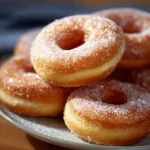
Perfect Yeast Doughnuts
Ingredients
Method
- Pour 1/4 cup warm water into a small bowl. Stir in 2 1/4 teaspoons active dry yeast. Let sit for 5 minutes until foamy.
- In a large bowl, combine warmed milk, 1/4 cup sugar, 2 large eggs, 1/2 teaspoon salt, and the foamy yeast. Whisk briefly.
- Stir in 3 1/2 cups flour and the melted butter. Mix until a shaggy dough forms. If too sticky, add up to 1/2 cup more flour, a little at a time.
- Turn dough onto a floured surface. Knead for 5–7 minutes until smooth and slightly elastic. The dough should be soft but not sticky.
- Place dough in a greased bowl and cover with a clean towel or plastic wrap. Let it rise in a warm spot until doubled, about 1 hour.
- Roll dough to about 1/2-inch thickness. Cut rings with a doughnut cutter or two round cutters (one large, one small). Re-roll scraps and cut more.
- Transfer cut doughnuts to a parchment-lined tray, cover lightly, and let rise for 25–30 minutes until puffy.
- Warm oil in a deep fryer or a heavy pot to 375°F. Use a thermometer for accuracy.
- Fry doughnuts for 1–2 minutes per side until golden brown. Don’t overcrowd the pot; fry in batches.
- Remove with a slotted spoon and drain on paper towels. While still warm, roll in granulated sugar or cool slightly and glaze/fill as desired.

